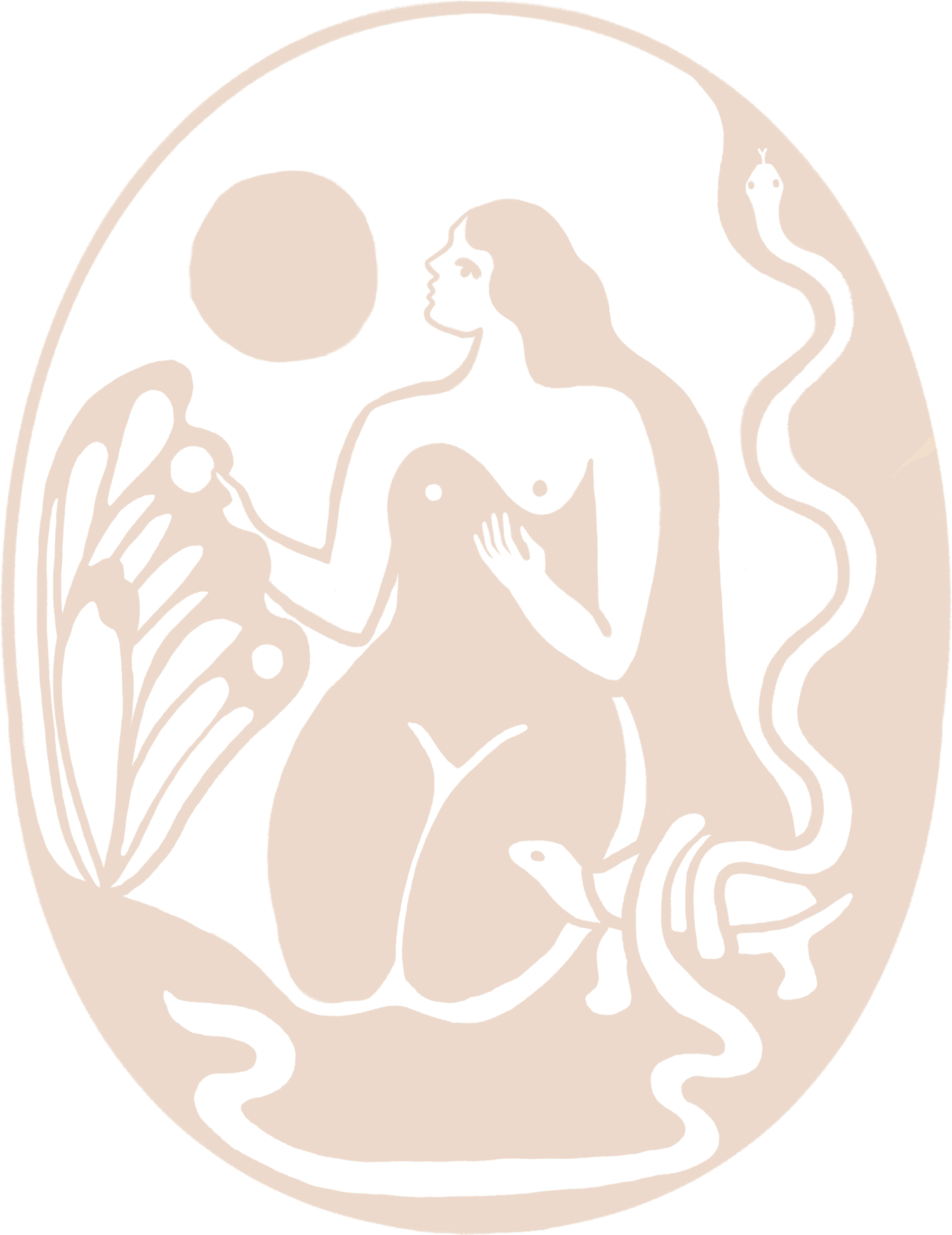Acupressure 101
Vital energy, life force, also known as qi in Chinese Medicine, flows throughout your body and travels along meridians or paths. You can think of them as rivers. Qi longs to be free flowing. There’s a classic Chinese saying, “If there is free flow, there is no pain; If there is no free flow, there is pain.”
TONG ZE BU TONG; BU TONG ZE TONG
- Huang Di Nei Jing
In Chinese Medicine, there are points along these meridians where the energy of that channel concentrates. We can apply touch, massage, pressure, light therapy, warmth and even needles (acupuncture by an acupuncturist) to influence the energy of that point or channel.
Acupressure is something that we can apply at home to ourselves under the guidance of your trusted Chinese Medicine practitioner or Acupuncturist.
What is Acupressure?
Acupressure is the practice of applying varying levels of pressure (touch/massage) to stimulate acupoints along the body’s meridians. We can do this to help move or build energy.
Working With Acupressure Points
You can start by asking your Acupuncturist or Chinese Medicine practitioner which points they would recommend for you as well as their locations. Always remember to be gentle to your body and apply a slow and careful touch.
Get in a comfortable position, close your eyes if you’d like and breathe deeply while you come into your body.
Bring energy to your hands by rubbing them together to warm them.
Hold your hand over the general area of the point and let it rest while you take a deep breath. Do you feel any sensations? Maybe some warmth...maybe some buzzing…
Approach the acupoint until you feel a slight dip or dimple that can identify the point. Sometimes these points can feel tender to the touch.
When you’re ready, use deep, firm pressure to massage and stimulate each point. You can use your fingers, thumbs, palms, your toes or your heels. Most often people use their fingers and thumbs.
You can use a circular rubbing motion or you can simply hold the pressure until you feel the tissues relax. You can typically apply around 3 pounds of pressure without harm for a few minutes.
Pay attention to what’s happening below your fingertips. Often the point will become warm and slightly tender. Stay with the point until you feel a shift. Sometimes bruising can occur. Also be aware of your breathing. Slowed breath tells you that you are starting to relax.
Acupressure can be repeated daily, to once per week until you notice results. If you’re ever unsure about anything, just ask your Chinese Medicine practitioner. And, if you are pregnant or breastfeeding, always check in with your Acupuncturist as there are some points that are contraindicated.
General Wellbeing Acupressure Points
Stomach 36 (3 Leg Yin)
Point of the Sea of Water & Grain “Sea of Nourishment”
Benefits:
Tonifies Qi & Blood
Strengthens Wei (protective) Qi
Regulates digestive system
photo by Kanpobliss
Yintang (Hall of Impression)
Benefits:
Calms the Spirit
Eases frontal headaches
Transforms congestion of the sinuses
photo by Kanpobliss













Movement as medicine, cleansing as rebirth, and flow as liberation: these are the sacred gifts of Spring. February holds the delicate threshold between stillness and movement, between the deep Yin of winter and the rising Yang of Spring. Can you feel it? The shift in the air, the faint call to stretch, to grow, to shed? How is this transition echoing within your body? What whispers of change is it sharing with you as the seasons turn?